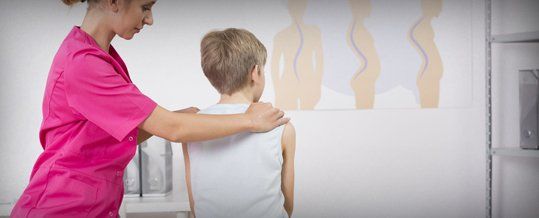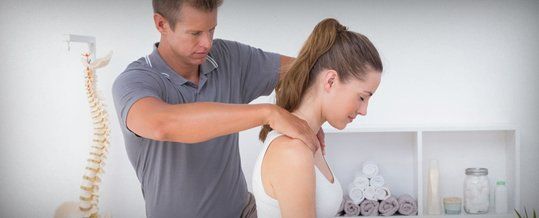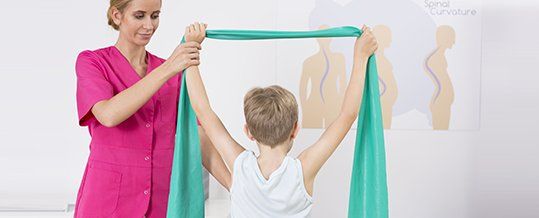Dependable Treatment for Scoliosis
Scoliosis is a medical condition in which a person's spine is curved sideways. Left untreated, it may interfere with your vital organs and everyday life. If you are suffering from this condition, turn to Fanno Creek Chiropractic today.
Visit us now! We use the latest techniques in our treatment.

Three Common Varieties of Scoliosis
The first variety is a slow increase in curvature in a person's youth that progresses into adulthood and can be treated with braces during adolescence.
This can occur in both the upper and lower back and can be observed as a difference in shoulder height, ribs which might stick out, and/or a protrusion of the lower back.
As a person becomes older, this can worsen as the bones of the back degenerate and settle. This will most likely result in arthritis, which will lead to pain and stiffness with a shooting pain and numbness down the legs due to the nerves of the back being pinched.
The second variety occurs in adults due to the degeneration of the spinal discs. This usually occurs in the lower back and is often accompanied by a straightening of the natural curvature of the lower back. This is also accompanied by pain, stiffness, and numbness down the legs.
The third variety is often observed in patients who have undergone surgery, either for scoliosis or for degenerative low back conditions. This is usually seen as a flattening of the lower back as the curvature of the lower back goes away.
This condition makes it difficult to remain standing upright as the straightening of the lower back causes a person to lean forward.

Two Types of Scoliotic Curves
Functional scoliosis, also known as postural scoliosis, is caused by poor posture and weak muscles. We can correct this condition to a greater or lesser degree by strengthening the muscles, modifying the posture, and stretching.
Structural scoliosis is due to changes in the bone structure and can't be corrected by posture adjustment, stretching, and the like.

Why Does Scoliosis Occur?
The causes of functional curves are musculature in nature:
- One leg being longer than the other due to bone length difference, flat feet, or shortened muscles on one side places the hip in a tilted position, which can cause the spine to curve in compensation.
- Spending long periods of time in asymmetrical positions - such as slouching to one side or sitting on your wallet - or compensating for pain can cause differences in muscle length and, in the long term, scoliosis.
- Overly tight leg muscles and tendons can also lead to a pelvic tilt, which can result in the curvature of the lower back.

Things to Look for
- One or more abnormal curves present in the back
- Ribs that are visibly out of place
- Muscle imbalances
- Restricted range of motion
- Secondary conditions resulting from scoliosis causing pinched nerves in the back, which then affect the other parts of the body
Treatment options for functional curves include physical therapy to stretch and strengthen weak muscles, joint mobilization to increase a range of motion, and massage therapy to reduce tension and pain.
We work with most insurance companies.
Visit 8861 SW Commercial St
